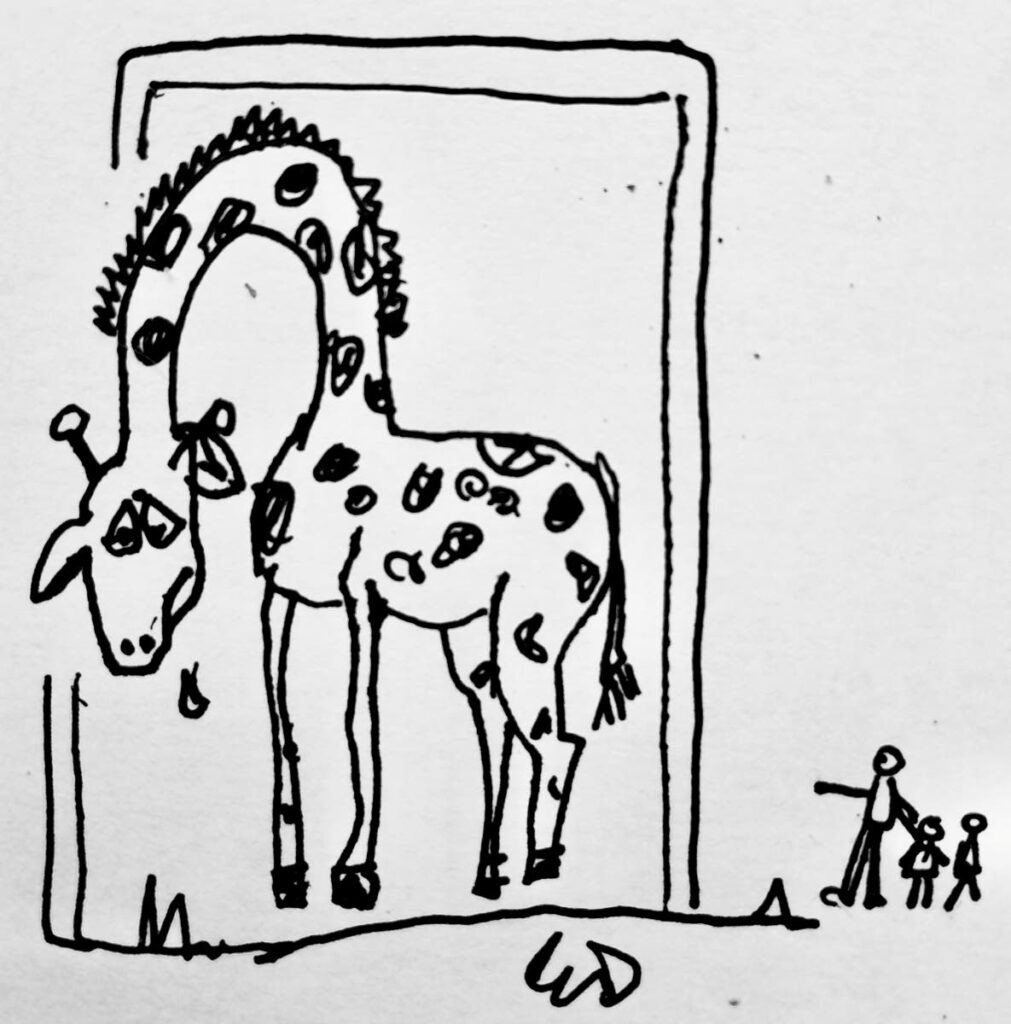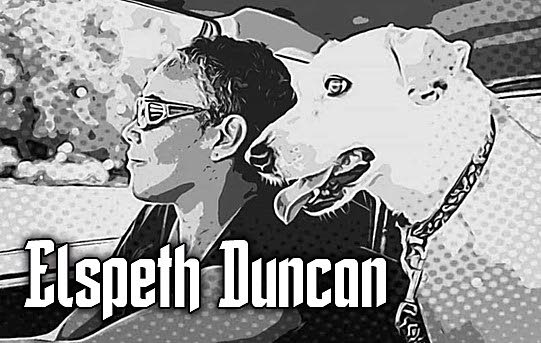The who's zoo of impractical development

While I understand that the Emperor Valley Zoo’s purported role includes conservation of certain species, rescue and protection of animals that were victims of the wildlife trade, it still does not make it easy to consider or see magnificent creatures existing in cramped or inadequate enclosures.
Note: I am saying this having not visited the zoo in decades (by choice, as I do not like zoos).
My concept of the animals being in "cramped/inadequate" living quarters comes from comments made by those who have visited the zoo in recent times, social media video clips and from my awareness of the fact that zoo enclosures are not, and never will be, the size of a savannah, jungle or natural wild habitat.
According to Wikipedia, the Emperor Valley Zoo houses 2,300 animals from over 200 species, on 7.2 acres. This brings to mind 50 people living in a tiny one-bedroom apartment.
Recent media coverage has drawn public attention to Udecott’s $56 million Improvement and Expansion Works Project for the Emperor Valley Zoo, mandated by Cabinet.
Far from involving expanded wildlife spaces, the new, two-storey structure – The Discovery building – will cover 8,550 square feet and, according to one article, contain “an exhibition centre, cinema/theatre, restaurant, ice cream parlour, cutters bar, conference/meeting room, offices/information centre, shops, kiosks and outdoor dining, amphitheatre, and children’s play area. There will also be a multi-storey car park.”
The building, designed in the shape of a butterfly gives a patronisingly industrialised nod to the Blue Emperor butterfly which apparently was once prolific in that valley – that is, clearly when more vegetation existed.
The "once used to" of that butterfly concept captures a sad reality – that because "developers" in TT are generally fixed on building concrete/urban monstrosities, man-made materials inevitably and eventually replace natural habitats and humans invade where wildlife once thrived. Only humans destroy wilderness and wildlife to replace it with concrete, then try to recreate and re-capture it to satisfy a bizarre homo sapien thirst for entertainment and enjoyment of "nature."
On a social media post, Udecott touts the expansion project as "a master plan for the development and enhancement of the Emperor Valley Zoo."
What, if any, aspects of these expansion, development and enhancement plans include the actual animals and their enclosures?
I have not seen such mention in the media.
A quick google of what "zoo expansion" means in some other parts of the world revealed the following examples:
1. Reid Park Zoo’s promises to be "a national leader in animal care and conservation" where patrons can be "transported around the world" with thematic habitats, adventure areas for learning through play, and opportunities to get up close and personal with certain animals through the recreation of authentic wilderness paths, underwater viewing areas and all-round improved habitats.
2. Fort Worth Zoo’s A Wilder Vision expansion project focuses on and allows for the guaranteed survival of endangered species for the enjoyment of future generations. This includes US$130-million worth of "new habitat space, renovated habitats, special events space, multiple dining areas, restrooms and most importantly, new ways to observe, interact with and learn about animals." (Note: they mention events spaces and dining areas in passing – not as the focus. Their clearly stated "most importantly" aspect is observation, interaction and education re animals).

3. Denver Zoo’s expansion for the first time in its 128-year history focuses on "development of conservation breeding efforts and animal care."
4. Virginia Zoo’s expansion is animal-centric and includes innovative additions like a “tree top trail” via which red pandas and other creatures "scurry over the heads of visitors." (Note: that idea is far more novel and attractive than the cutters bars, conference rooms, etc, which are envisioned as being a source of attraction for the desired ‘more than the 250,000 annual visitors’ to our local zoo).
5. Houston Zoo announces expansion and improvement that ensures "beautiful immersive habitats, compelling guest experiences, and an unyielding commitment to saving wildlife."
6. Lincoln Children’s Zoo, centred around conservation, states: "Every inch of every animal habitat was designed with conservation and animal welfare as the top priority. The zoo team visited facilities across the nation and researched the best animal conservation methods across the globe. Our Director of Medicine and Conservation Projects worked directly with the design and build teams on every aspect of the animal habitats."
Meanwhile, our costly local "zoo expansion" project boasts of cinemas, restaurants and other human-centric elements already existing in profusion around the island. What desperately needs expansion and development in TT is consciousness, not concrete.


Comments
"The who’s zoo of impractical development"